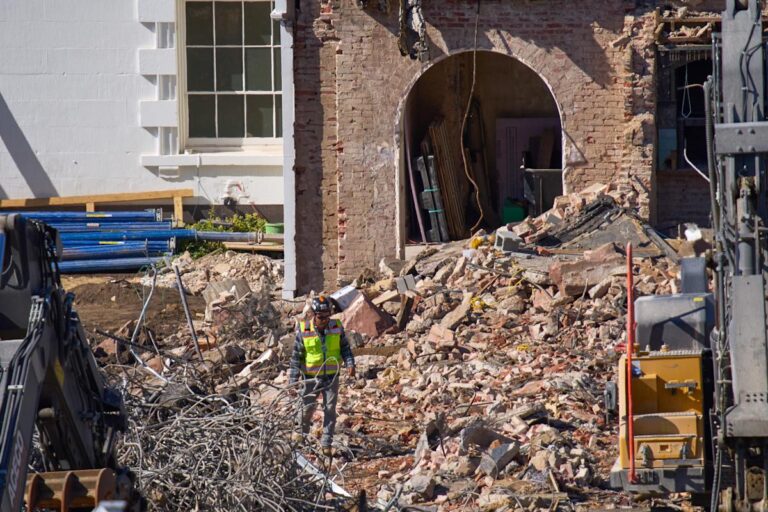Nuclear Fusion vs. Fission: Why Potential Disasters Are Less Concerning
Current atomic energy relies predominantly on nuclear fission, a process where heavy atom nuclei, such as uranium, are split apart by neutrons. This reaction releases lighter nuclei along with significant amounts of energy. However, one of the critical downsides of fission is its radioactive byproducts, which are often more hazardous than the original fuel and can remain dangerous for extended periods. Moreover, maintaining control over the fission reaction rate is vital for safety, as failures can lead to catastrophic consequences.
In contrast, nuclear fusion offers a promising alternative where light elements, notably hydrogen isotopes, are merged to form heavier nuclei, releasing energy in the process. This is akin to the reaction that powers our Sun. The resulting products of fusion are considerably safer, predominantly producing inert helium, with only minor, short-lived radioactivity.
The main challenge associated with fusion energy lies in achieving the extreme conditions necessary for the reaction—temperatures in the millions of degrees are required, alongside innovative containment methods, often utilizing magnetic fields. While all industrial processes carry risks, the failure of a fusion reactor is inherently self-limiting, providing an immediate halt to energy production. As a result, a fusion energy incident is unlikely to surpass the risks associated with typical industrial accidents.
Therefore, the prospect of a fusion energy “disaster” raises far less alarm than potential catastrophes linked to fission energy meltdowns. This article addresses a question posed by Brandon Harris regarding what a fusion energy disaster might entail, ultimately emphasizing that these events would not pose the same ecological and environmental threats as seen with fission.
Key Takeaways:
- Fission vs. Fusion: Fission has long-term radioactive waste; fusion produces primarily inert helium.
- Safety Mechanisms: Fusion reactors inherently stop energy generation upon failure.
- Risk Level: Fusion energy failures are comparable to typical industrial accidents rather than catastrophic meltdowns.







